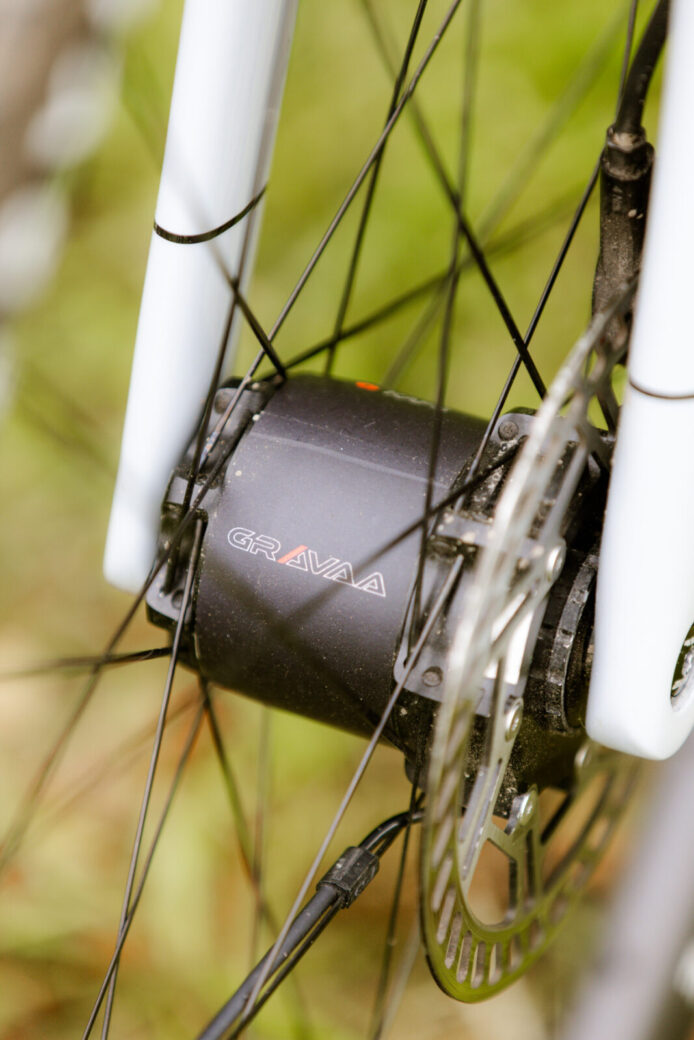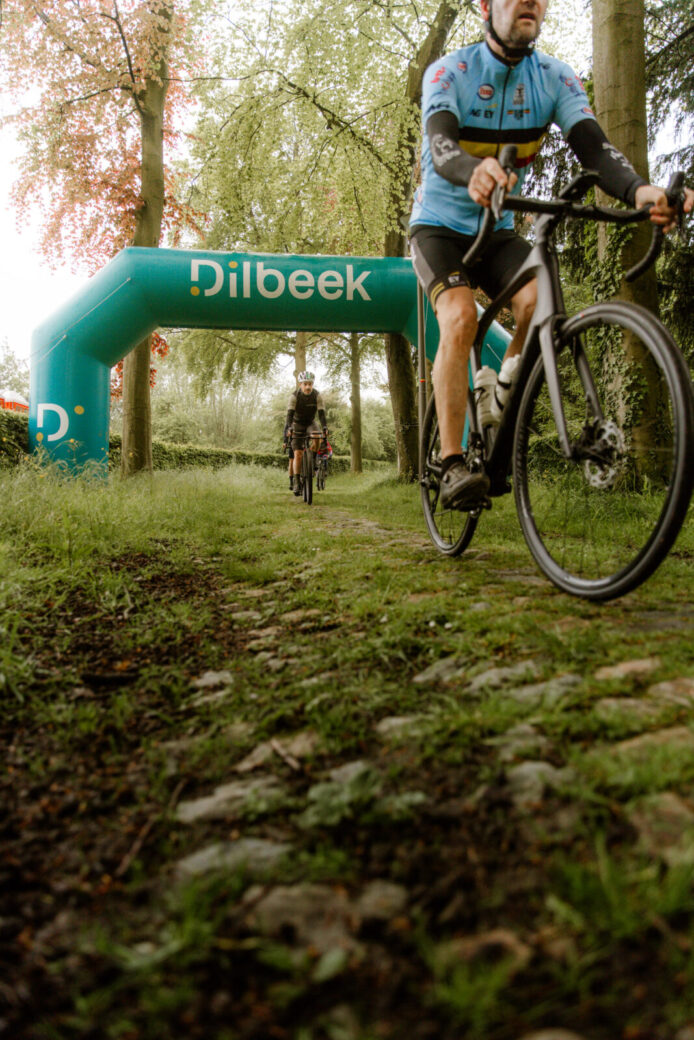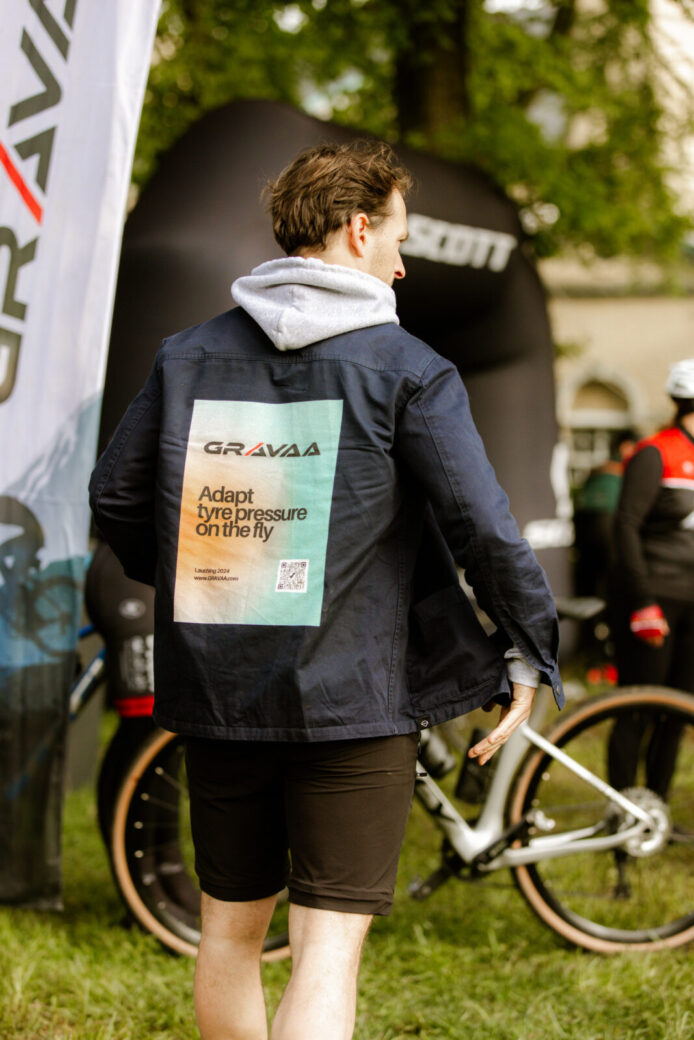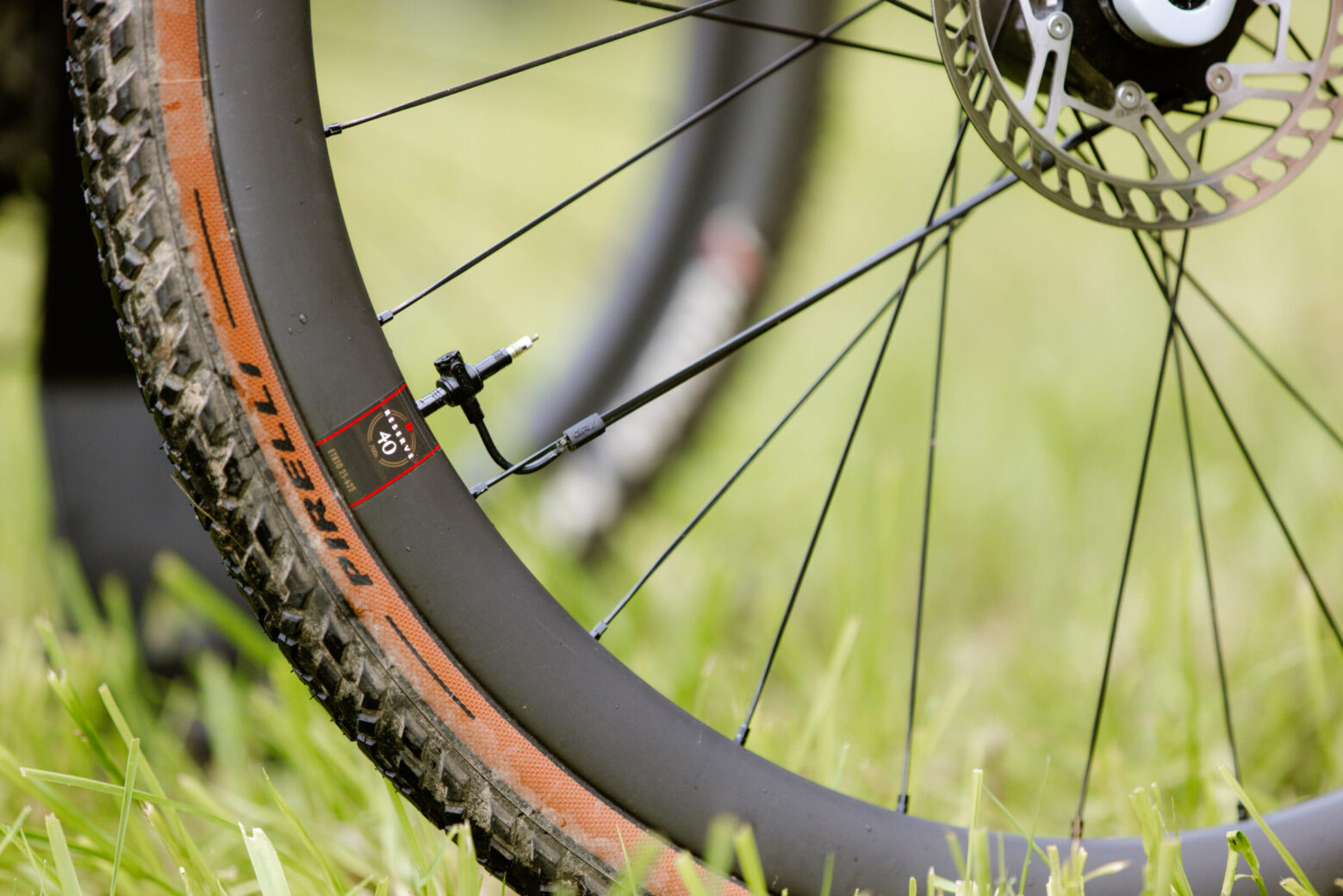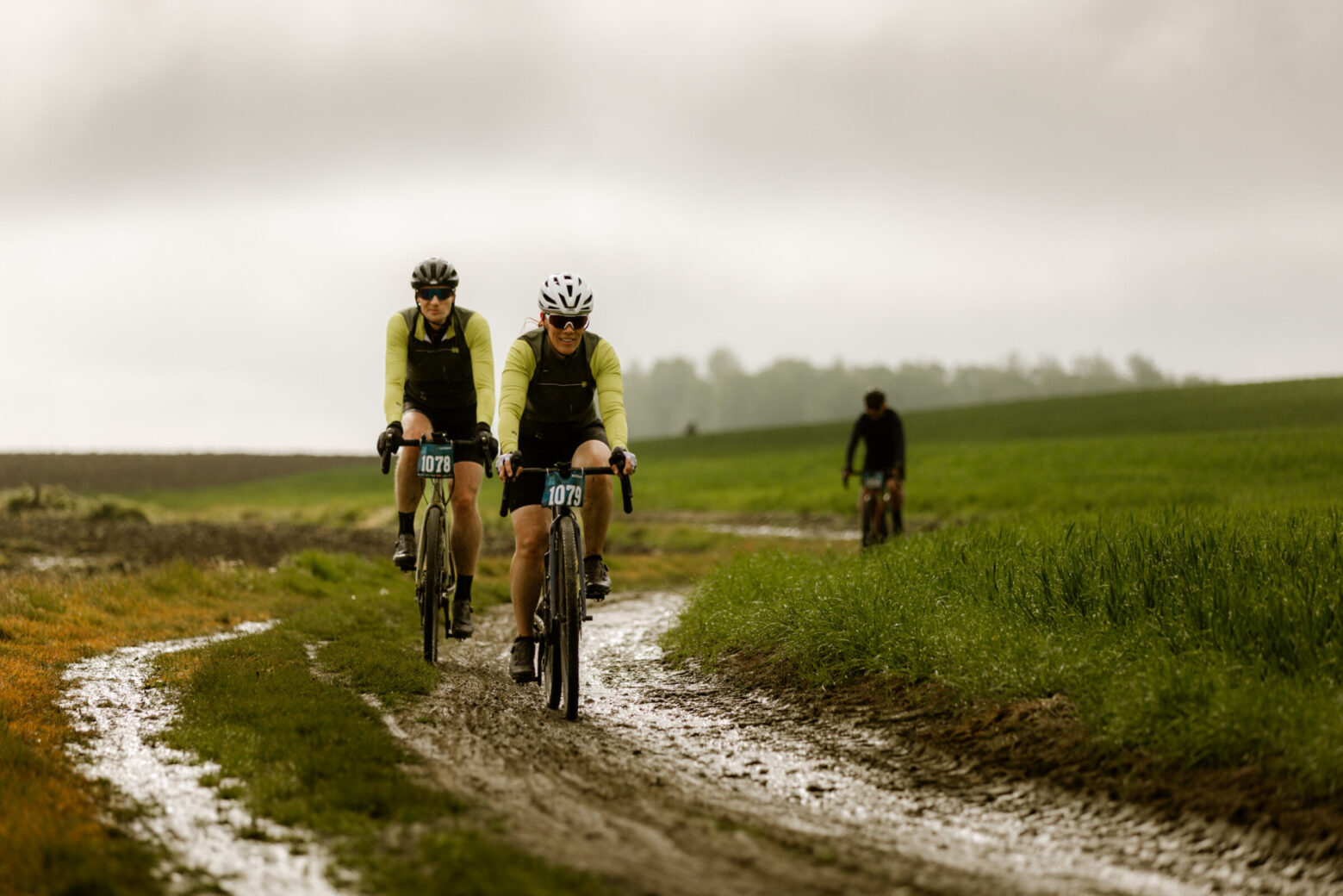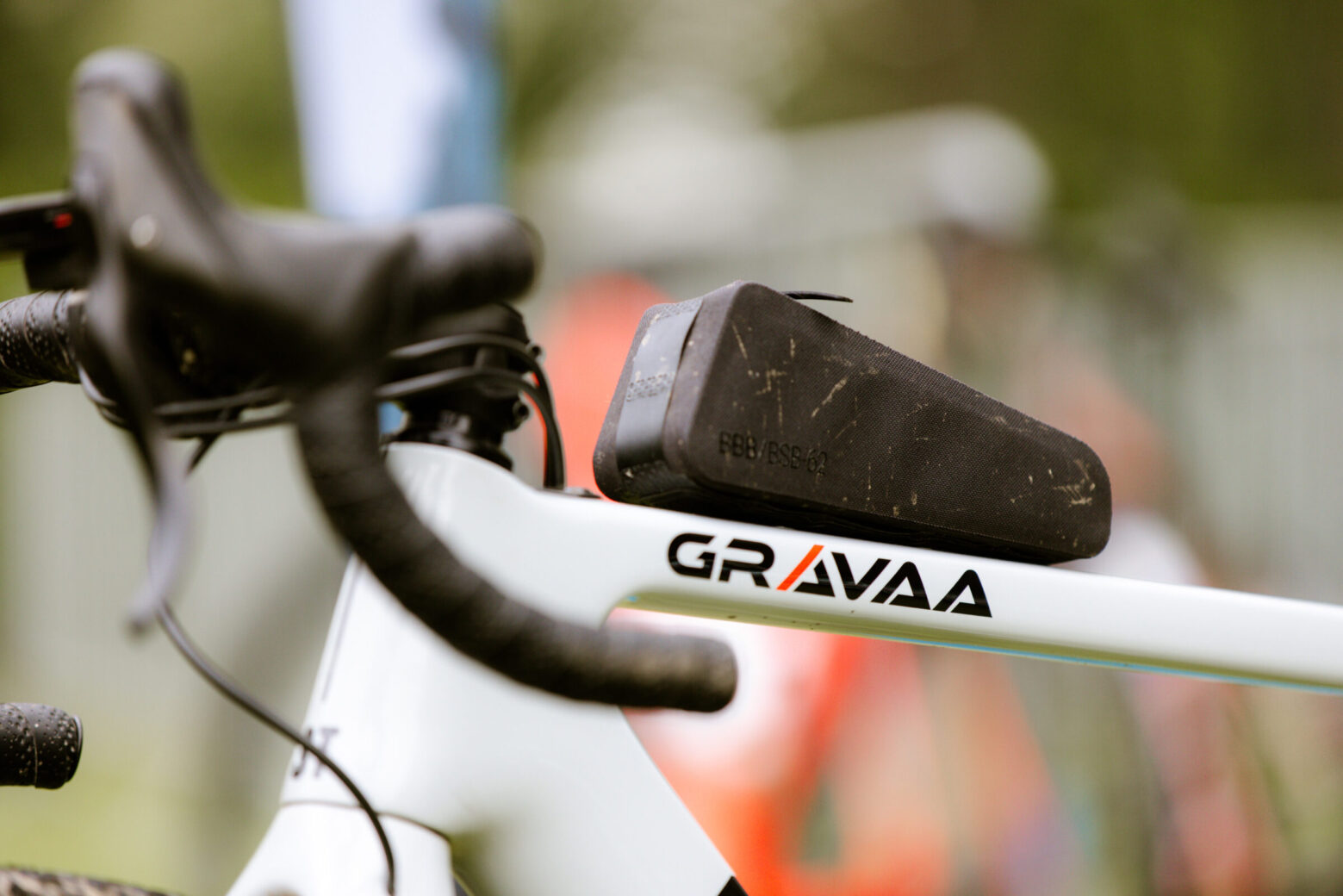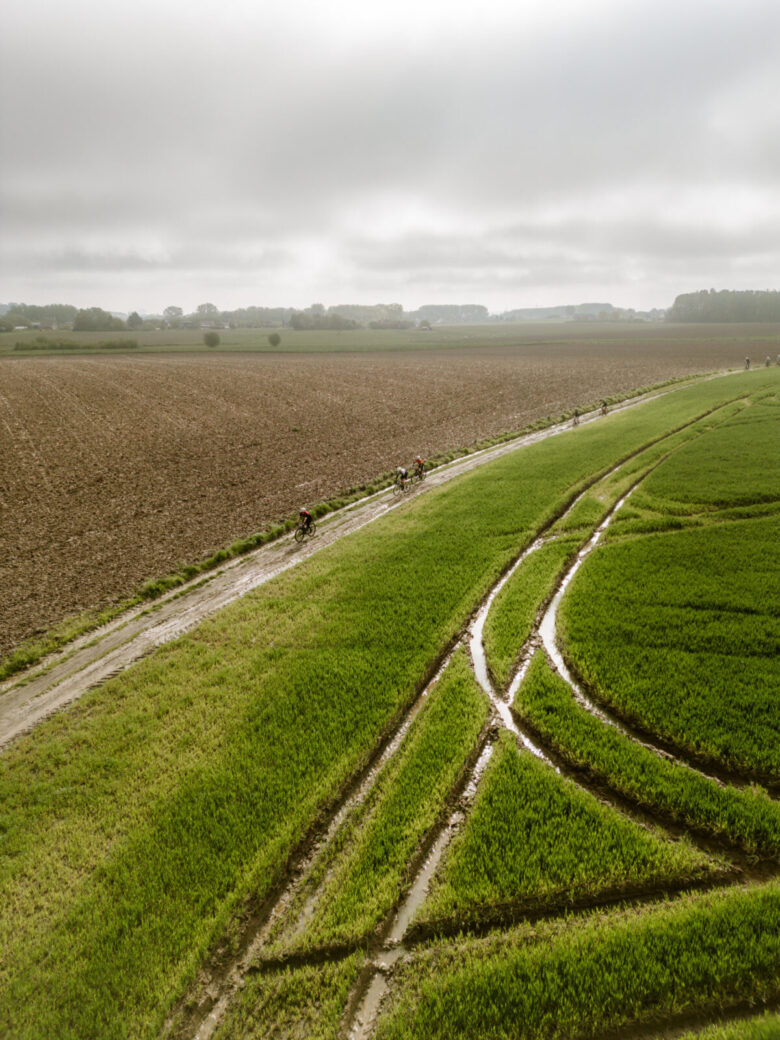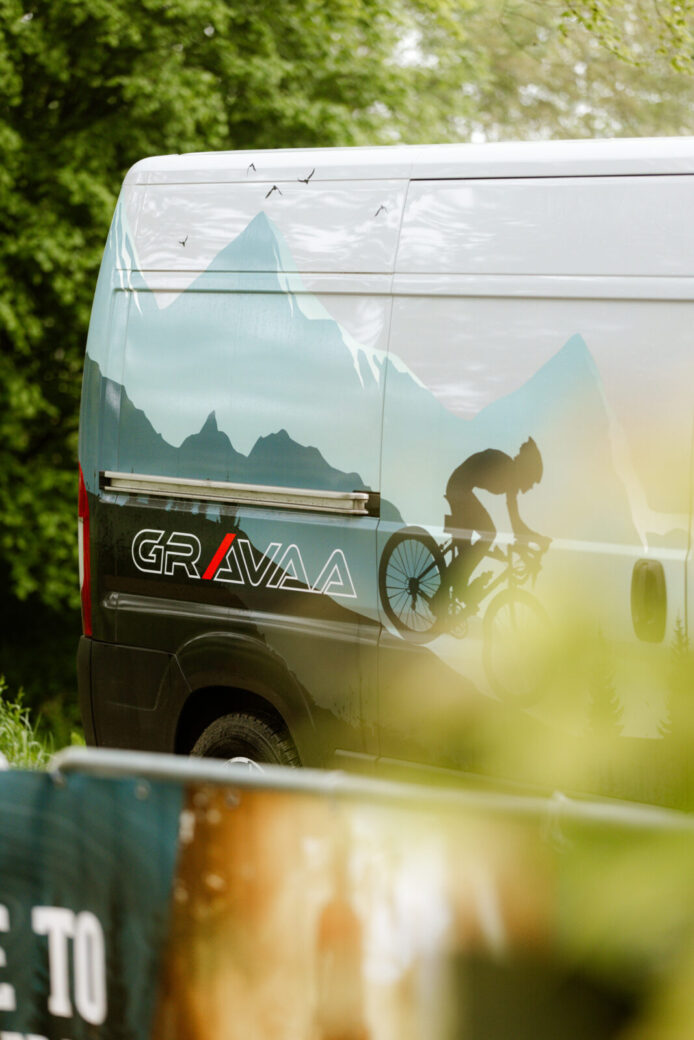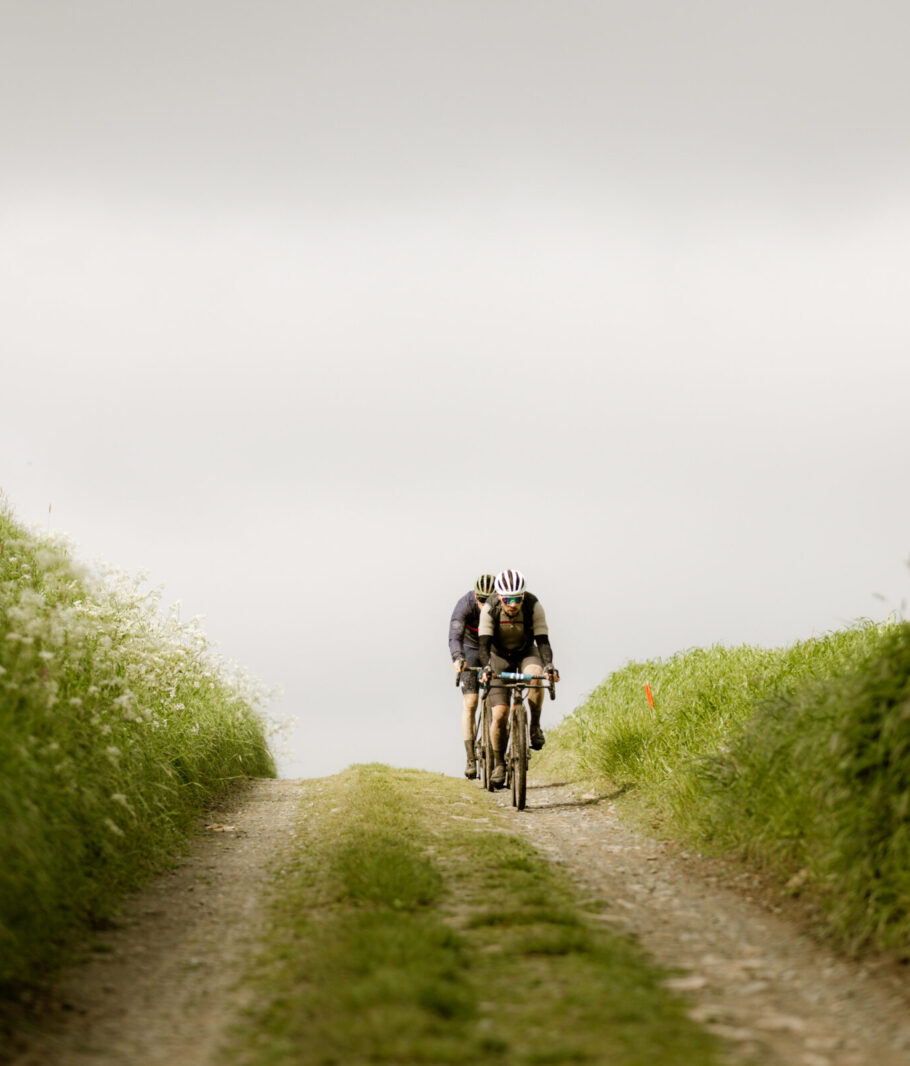
Tire pressure can make the difference between a great ride and a rough one. We set out to PlugPlug Pajottenland (Belgium) to see who really knows their tire pressure. Somewhere along the way, we learned to “just put it hard.” But what works for city bikes doesn’t necessarily work for racing bikes, and what goes for racing bikes certainly doesn’t apply to gravel bikes, especially with tubeless setups.
The function of your wheel is to turn your energy into forward propulsion. The function of your tire is to provide comfort and traction. The wooden wheel was a great invention but was heavy and often uncomfortable. The iron liner on the wooden wheel could get stuck in mud or slide on wet roads. In 1888, the inner tube was created: a layer of air could be put in tires to improve both comfort and traction. Occasionally, you’d put air in your tire and roll it until you lost too much air, leading to increased energy costs or loss of traction.
What does PlugPlug Pajottenland have to do with this? Since 1888, we’ve been taught to set a tire pressure and then just leave it. But tire pressure is actually an easy-to-adjust variable to adapt to circumstances. Whether it’s the surface (road or gravel), the weather (dry or wet), or your intention for the day (race or relax), tire PRESSURE MATTERS. As a recreational gravel event, PlugPlug Pajottenland was an interesting venue to check how riders adapt their tire pressure to the occasion (rough gravel, very wet, all sorts of tires).
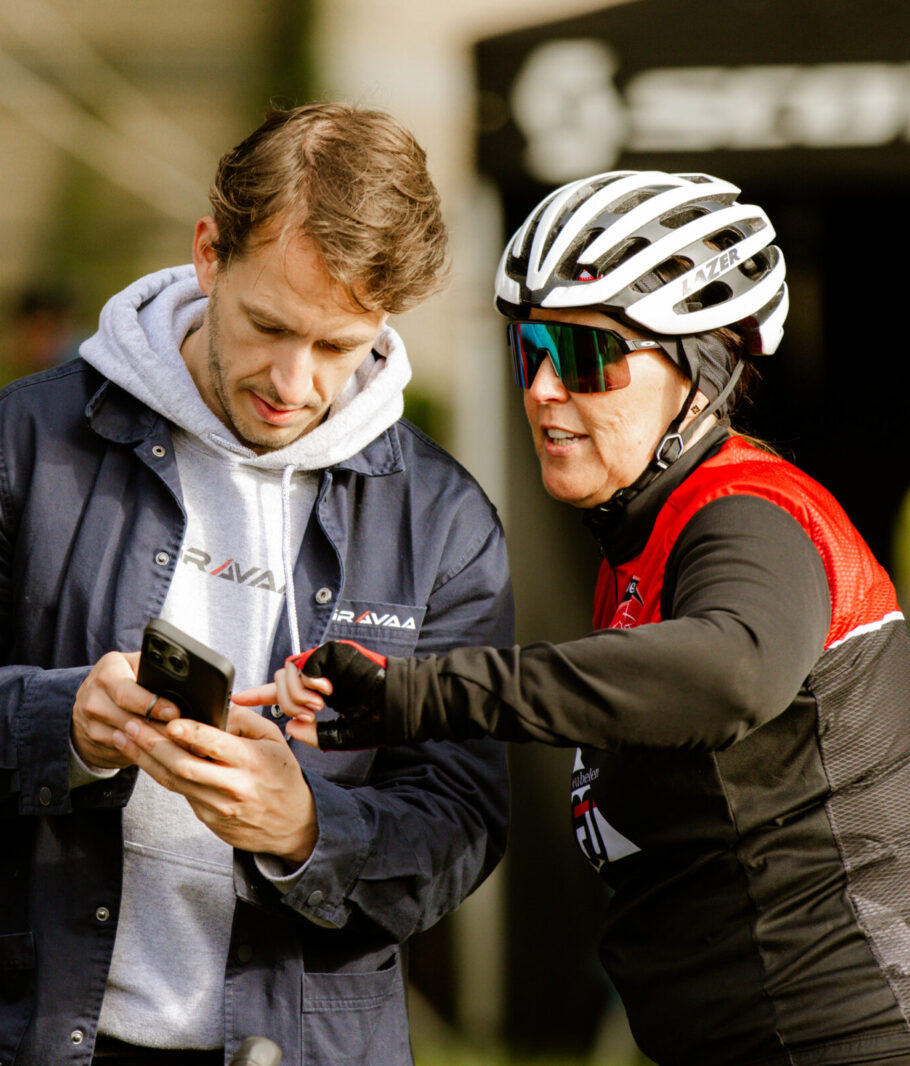
With the help of riders, we trained our conceptual GRAVAA TIRE PRESSURE CALCULATOR to provide personal tire pressure advice.
Inputs for this calculation included:
- Tire brand
- Tire model
- Tire width
- Combined weight of rider and bike
- Surface (ranging from road smooth to gravel rough – for this day, ‘gravel rough’)
We calculated 50 personal tire pressure settings. Some riders, mostly those with tubeless setups, had it spot on. About 40% were more than 1.0 bar off, and another 40% were more than 2.0 bars off.
For those wondering what that means: if two riders ride the same bumpy, wet Pajottenland gravel course, the one riding with 2.0 bars will have a fun day, while the one with 4.5 bars will have a stressful day, with strained shoulders, possible slides on the muddy sections, and significantly less fun. In this example, we’re not even considering the power loss of the 4.5-bar gravel rider.
After riding the magnificent route with participants, some confirmed that they indeed didn’t puncture (as they thought might happen when reducing from 4.0 to 2.0) or that they felt more relaxed (even if they ‘only’ went from 2.5 to 1.7 bars).
As you reflect on your riding experience, it’s worth reconsidering the tire pressure you ride with and whether you adjust it for varying conditions. Many cyclists set their tire pressure once and forget about it, but adaptable tire pressure can significantly enhance your ride. By adjusting your tire pressure based on the surface, weather, and your riding intentions, you can improve comfort, control, and overall enjoyment.
Join us in exploring how adaptable tire pressure can transform your cycling experience and ensure you ride better with GRAVAA.
Thanks to Charles Pasqué and CountMeIn for using their event photography.


